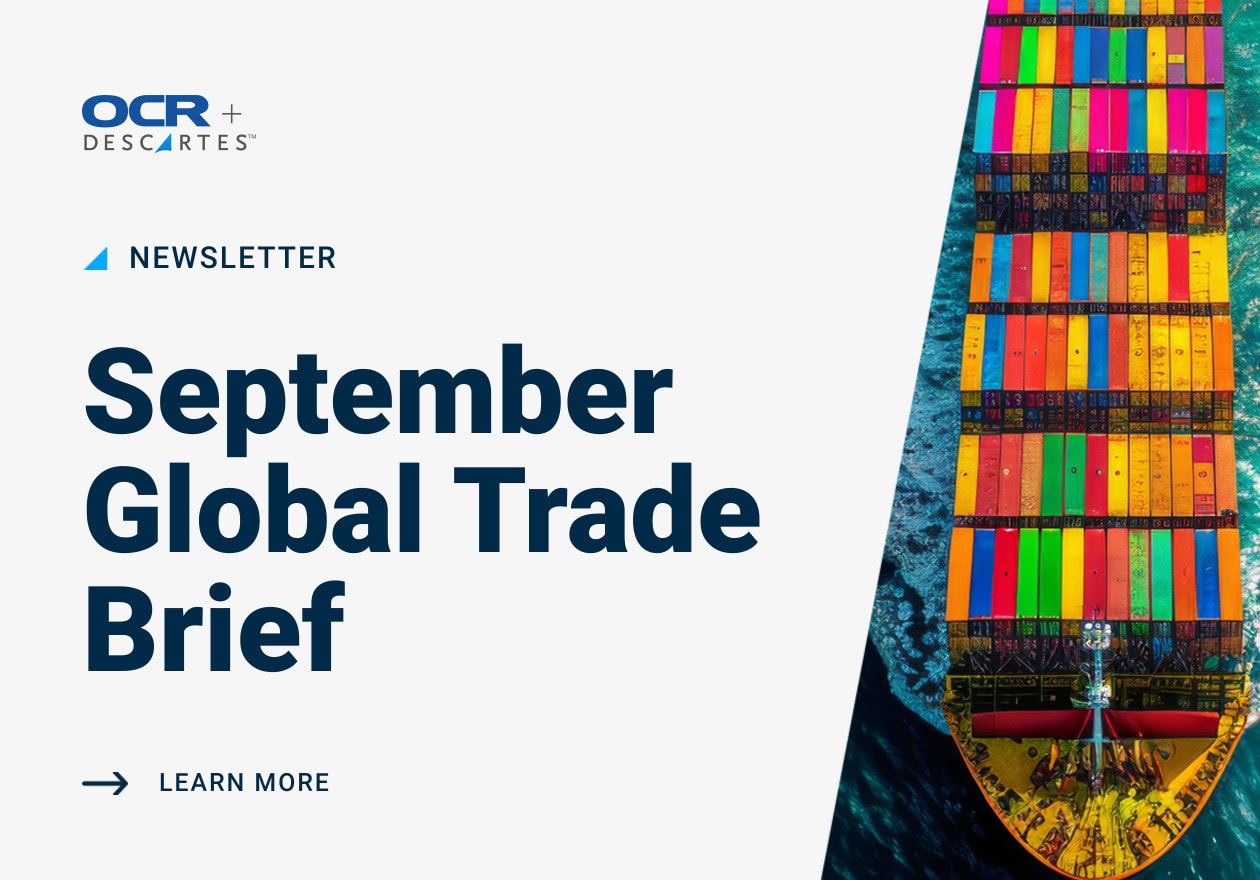PET sheet from Korea, Oman, Mexico
ITC determined that there is a “reasonable indication” that a U.S. industry is materially injured by reason of imports of polyethylene terephthalate (PET) sheet from Korea and Oman that are allegedly sold in the United States at less than fair value. However, found that imports of PET sheet from Mexico were “negligible” and voted to terminate the investigation concerning Mexico.
As a result of the ITC’s affirmative determinations, the U.S. Commerce Department will continue with its antidumping duty investigations concerning imports of PET sheet from Korea and Oman, with its preliminary antidumping duty determinations due on or about January 6, 2020. As a result of the ITC’s finding of negligibility, the investigation concerning imports of PET sheet from Mexico will be terminated.
Glycine from Thailand
ITC announced its determination that a U.S. industry is “materially injured” by reason of imports of glycine from Thailand that the U.S. Commerce Department has determined are sold in the United States at less than fair value. As a result of the ITC’s affirmative determination, Commerce will issue an anti-dumping duty order on imports of glycine from Thailand.
CERTIFICATE OF EXPORT ON STEEL IMPORTED FROM KOREA
CBP addresses rules for certificates of exportation that must be presented for steel products imported from South Korea (such imports being subject to absolute quota limits for products entered, or withdrawn from warehouse, for consumption on or after September 18, 2019.
The general notice announces the steel imports will not be released unless the entry summaries are accompanied by valid and properly executed certificates of exportation, and importers are advised that only exporters can obtain valid and properly executed certificates of exportation (available online from the Korea Iron and Steel Association). Importers are directed to obtain these certificates of exportation from exporters and then to submit them to CBP with the entry summaries filed for their imports.
U.S. CONTRACTORS: EXEMPTION FROM AFGHANISTAN TAXES
The U.S. Department of Defense, General Services Administration, and National Aeronautics and Space Administration jointly released for publication in the Federal Register a proposed rule that would amend the Federal Acquisition Regulation (FAR) to add two new clauses to notify contractors of requirements relating to Afghanistan taxes or similar charges when the contracts are being performed in Afghanistan.
The proposed rule concerns an exemption from tax in Afghanistan for the U.S. government and its contractors and subcontractors (other than those that are Afghan legal entities or residents)—that is, an exemption from paying any tax or similar charge assessed on activities associated with contracts performed within Afghanistan. The proposed rule would add two new FAR clauses to notify contractors of the exemption.
CUSTOMS DUTIES ON IMPORTED GOODS FROM CHINA
USTR released for publication in the Federal Register three notices of product exclusions with regard to additional customs duties imposed on certain imports into the United States from China.
The first notice concerns the additional customs duties on goods of China with an annual trade value of approximately $200 billion as part of the action in the Section 301 investigation. This notice amends the exclusion process by establishing August 7, 2020, as a uniform expiration date for all exclusions granted under the $200 billion action.
The second notice also concerns additional customs duties on goods of China but those with an annual trade value of approximately $16 billion.The notice also states that the USTR will continue to issue decisions on pending requests on a periodic basis. The product exclusions announced in this notice will apply as of the August 23, 2018 effective date of the $16 billion action, and will extend for one year after the publication of this notice (on September 20, 2019).
The third notice concerns the additional customs duties on goods of China with an annual trade value of approximately $34 billion. The notice also states that the USTR will continue to issue decisions on pending requests on a periodic basis. The product exclusions announced in this notice will apply as of the July 6, 2018 effective date of the $34 billion action, and will extend for one year after the publication of this notice (scheduled for September 20, 2019).



